Am I Trading On Ebay? The Black, The White And The Grey
A few people have emailed me recently asking if HMRC will view them as eBay traders, here’s what you need to know
Like most things with HMRC there is the black, the white and the grey.
In the black are the people who move on a few unwanted birthday presents or want to get rid of their junk. That’s easy, they are not traders. You can sell your own property, that you bought for yourself and there is no tax to pay.
Then there are people who buy with the aim of selling on eBay or they make things to sell. Often they will sell a lot of one object. There is no doubt that HMRC will be interested in this.
The grey is somewhere in between, it maybe a mix of items that were acquired with a mixture of motivations.
This grey area is the minefield and HMRC have nine ‘badges of trade’ that they use to decide which side of the fence you are on.
If you are investigated by HMRC for eBay trading, these are the nine things they will be looking at.
HMRC’s nine ‘badges of trade’
- Is your primary motive to earn a profit? If HMRC thinks you intended to make money, rather than selling items for fun, your selling activity is considered to be a business.
- The number of transactions matter. If you repeat very similar transactions in a short period of time, this might be considered a badge of trade.
- What type and quantity of goods are you selling? Are you buying so many that you profit from an economy of scale? Did they yield an income while they were in your possession? To demonstrate that your selling activity is a hobby, you may need to prove the goods gave you “pride of possession”, for example, a picture for personal enjoyment.
- If your online transactions are similar to an existing type of business, such as a clothing retailer or specialist collectables seller, this may be used by HMRC as evidence that you are trading.
- If you modify items before selling them, again this is a badge of trade. Ask yourself: do you repair, alter or improve items to make them more saleable and, therefore, achieve a greater profit?
- How did you carry out the sale? If you sold an item in the same way as a shop or auction house – where customers agree to buy something at a fixed price – you could be classed as a business. This is known as an “undisputed trade”.
- If you borrowed money to buy an item, especially if this loan could be repaid only by selling the items again, this is evidence of trade.
- The period of time between when you bought the item and sold it again will be looked at by HMRC. Any assets that are the subject of trade will normally, but not always, be sold quickly. This suggests that you only bought an item with the intention of selling it. By contrast, an asset that you bought with the intention of owning it, but then decided to sell after a period of time is much less likely to be suspect.
- How did you acquire the item? If you received something as a gift, or an inheritance, you’re far less likely to be seen to be running a business when you go on to sell.




